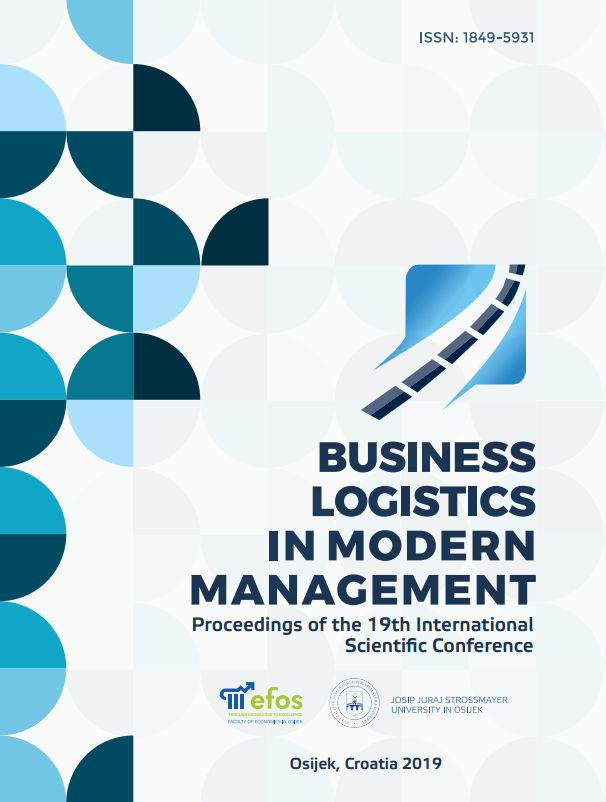LOGISTICS 4.0 IN WAREHOUSING – CURRENT STATE AND TRENDS
Abstract
The aim of the article is to analyse the state of advancement of the Logistics 4.0 concept from the perspective of science and practice – evaluation of the current situation and the main trends for its development in warehousing. In the theoretical part, a systematic review of the literature was carried out – the subject of the bibliographic analysis were scientific articles indexed in the Scopus and Web of Science databases. The aim of the theoretical part is to identify key topics, people, research centres, countries, fields of science and journals – important for the development of Logistics 4.0. In the practical part the characteristics of the PROMAG case study – a fully autonomous and automatic AutoMAG Mover storage system – are presented, illustrating the main area of global interest within the framework of warehouse intralogistics 4.0. The aim of the practical part is to show the advancement of the Logistics 4.0 application in warehouses.
Logistics 4.0 is most often located in the following fields: Engineering and Computer Science. This shows that Logistics 4.0 deals very much with modern technical and technological issues. Evidently there is a strong trend towards autonomous and automatic functioning of facilities in the storage area. Within Logistics 4.0 two distinct trends of interest can be distinguished: processual and technical – technological.
The analysis of the state of knowledge in the field of Logistics 4.0 is based on articles from two scientific databases – Scopus and Web of Science. The key area of interest in intralogistics 4.0 is illustrated by one selected example. In the future, the author plans to expand and deepen the analysis of articles dedicated to Logistics 4.0 (new sources) and carry out surveys on Logistics 4.0 among Polish intralogistics companies The digitization of warehouse intralogistics 4.0 implies the need to change the roles and tasks of people operating in this area. It creates both threats and opportunities for employers and employees.

